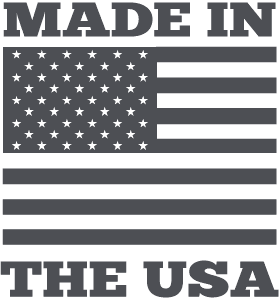Class V on Lower Premolar by Kevin Anderson DMD
Posted on February 15 2022
Introduction:
This case was completed by Kevin Anderson of All Family Dental located in Oakdale, Minnesota.
Class V restorations on lower premolars can be very challenging to isolate when they wrap around interproximal and/or to the lingual. My choice, if possible, is rubber dam. However, sometimes this is more of a hassle when there are other alternatives.
Pre-op:
After a history of head and neck radiation therapy, this patient has developed "apple core" style caries on a majority of his teeth.

Pre-op:
While these case photos show the premolars, his anterior teeth were also treated with the same technique in previous appointments.

Band setup second premolar:
After caries removal, margin finishing, and enamel beveling were performed, Greater Curve U-Bands were placed. These bands have great potential for sealing the cavity margin without allowing hemorrhage or crevicular fluid to contaminate the working field. The flared design allows a nice visual field and provides access for instruments.

Band setup first premolar:
A small amount of blue whitening blockout material from Ultradent was used to stabilize the band and retainer by light curing to the dry tooth structure away from the cavity margins. This prevents the band from moving if the tongue decides it wants to explore and also prevents band micromovements which may move fluids into the cavity preparation.

Composite Placement:
Cavity preparations were cleansed and disinfected prior to bonding. Each tooth was isolated individually using this method and restored using an injection molding style placement where paste composite was "snowplowed" into flowable composite allowing for excellent material adaptation.
This was done in roughly 4 small layers per tooth prior to one final large mass of composite to overbuild. Note how clean and dry the tissue is before finishing.

Ready for shaping:

Final:
Final restorations after contouring and polishing. Note the seamless margins at the gingival from the band usage as well as with the coronal margins due to the overbuilt composite left from injection molding.

Final:

Conclusion:
U-Bands secured tightly into place can make what are normally stressful bonding situations much more stress free.




Connect